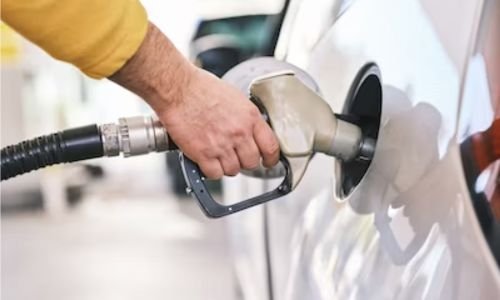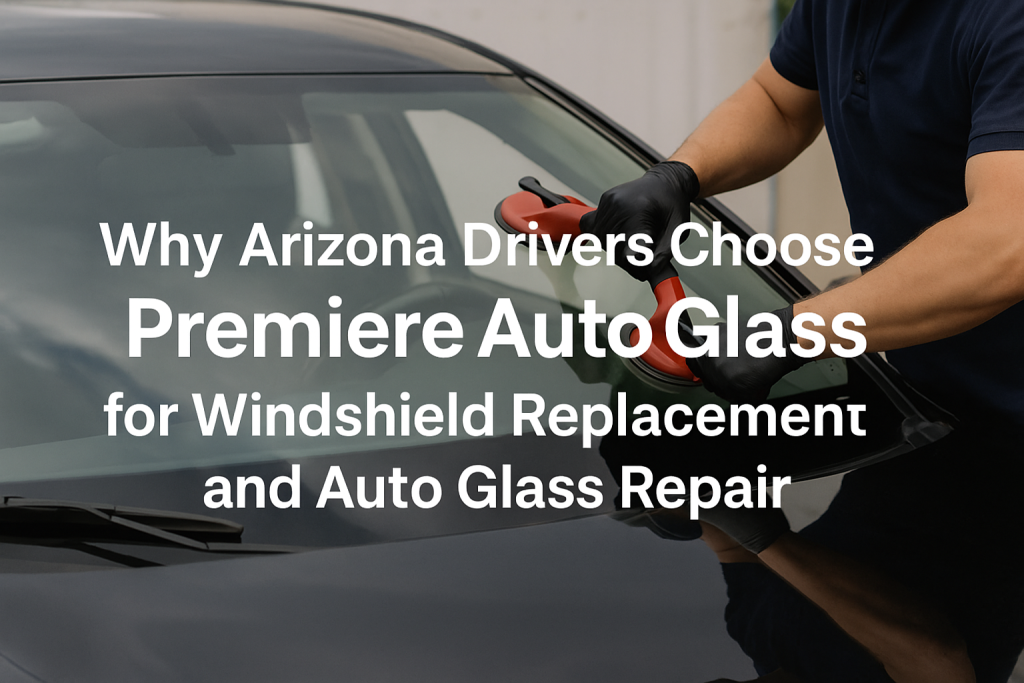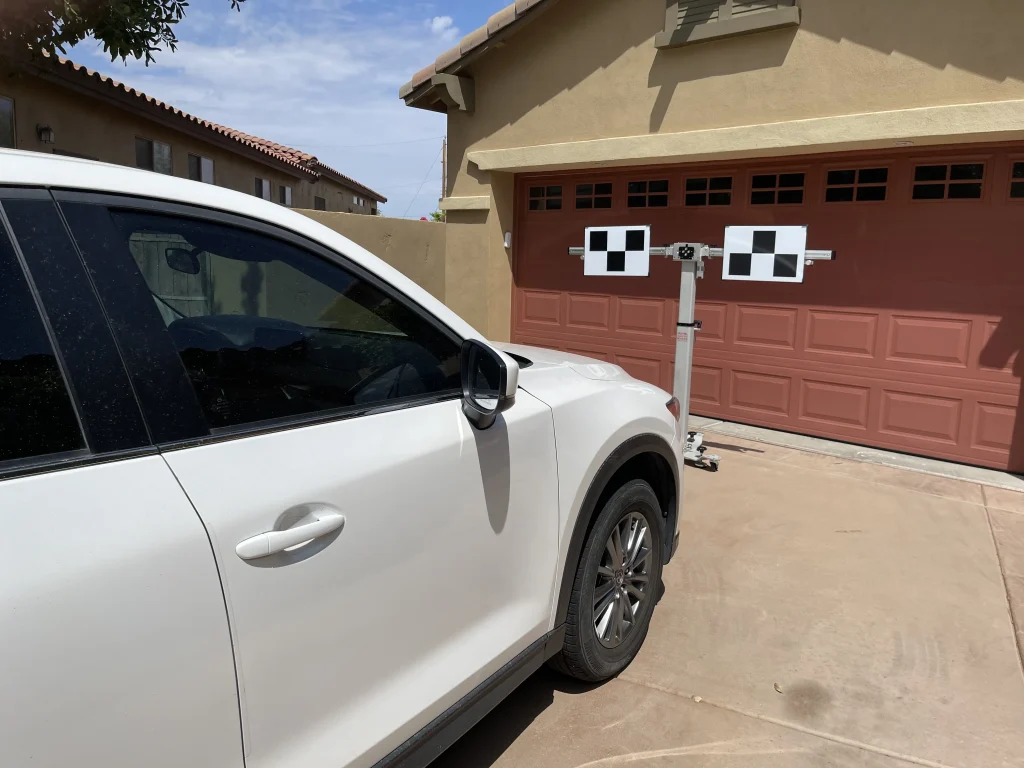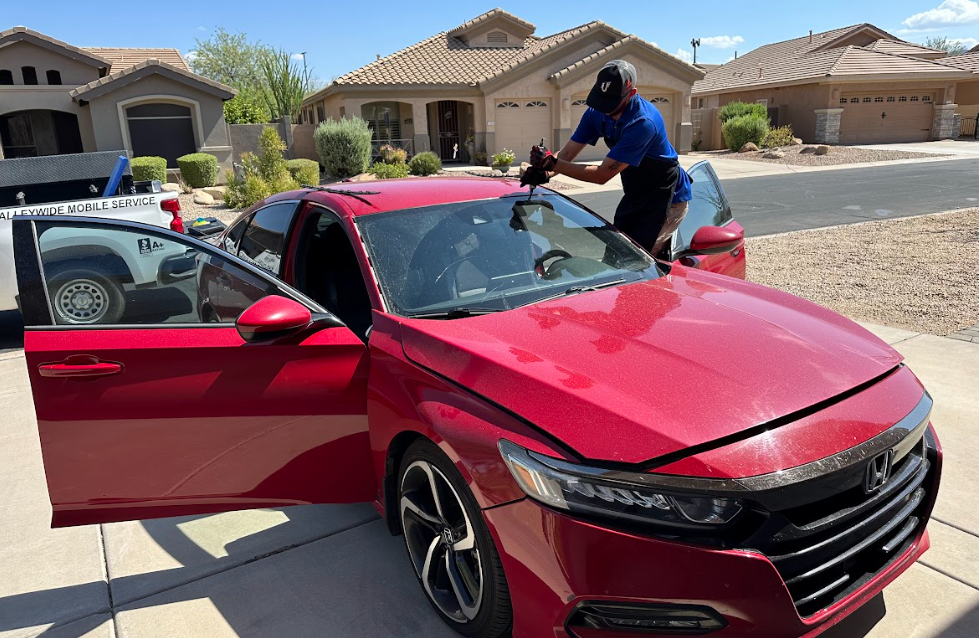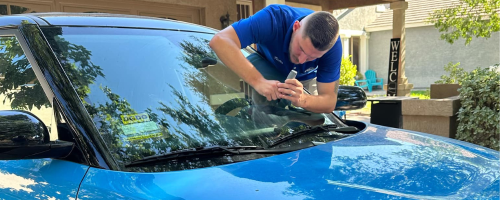Fuel economy, or the amount of fuel consumed by a vehicle about the distance traveled, is an essential factor to consider when purchasing a car. Fuel economy is a topic that affects every driver, as we all want to get the most out of our vehicles while minimizing our fuel expenses. Unfortunately, many misconceptions surrounding fuel economy can lead to drivers making poor decisions regarding their cars.
This article will debunk some of the most common misconceptions about fuel economy and provide accurate information to help you save money at the pump.
Misconception 1: Small cars are always more fuel-efficient than larger cars
Many people believe that smaller cars are always more fuel-efficient than larger cars. While it is true that smaller cars often have better fuel economy than larger cars, this is not always the case. The fuel efficiency of a vehicle depends on many factors, including the weight of the car, the engine size, and the aerodynamics of the vehicle.
For example, a small car with a large engine may have worse fuel economy than a larger car with a smaller engine. Additionally, a larger car with better aerodynamics may have better fuel economy than a smaller car with poor aerodynamics. Therefore, it is essential to consider all factors that affect fuel economy when choosing a car rather than assuming that small cars are always the best choice.
Misconception 2: Manual transmission cars are always more fuel-efficient than automatic transmission cars
Another common misconception is that manual transmission cars are always more fuel-efficient than automatic ones. While it is true that manual transmission cars have historically had better fuel economy than automatic transmission cars, this is not always the case with modern vehicles.
Many modern automatic transmission cars have better fuel efficiency than manual ones. This is because modern automatic transmissions are often designed with fuel economy in mind and can shift gears more efficiently than a manual transmission.
Additionally, many people do not drive manual transmission cars correctly, which can result in poor fuel economy. For example, shifting gears too early or too late can result in the engine running inefficiently and using more fuel. Therefore, it is essential to consider the specific car and transmission type when comparing fuel economy.
Misconception 3: Hybrid cars always have better fuel economy than non-hybrid cars
Many people believe that hybrid cars always have better fuel economy than non-hybrid cars. While it is true that hybrid vehicles are often more fuel-efficient than non-hybrid cars, this is not always the case. The fuel efficiency of a vehicle depends on many factors, including the weight of the car, the engine size, and the driving conditions.
In some cases, a non-hybrid car with a smaller engine may have better fuel economy than a hybrid car with a larger engine. Additionally, driving conditions such as highway driving versus city driving can affect the fuel efficiency of hybrid vehicles. Therefore, it is essential to consider all factors affecting fuel economy when comparing hybrid and non-hybrid cars.
Misconception 4: Premium gasoline always provides better fuel economy than regular gasoline
Another common misconception is that premium gasoline provides better fuel economy than regular gasoline. While it is true that some cars require premium gasoline for optimal performance, most cars are designed to run on regular gasoline.
Using premium gasoline in a car that is designed for regular gasoline will not improve fuel economy and may even decrease it. This is because premium gasoline has a higher octane rating than regular gasoline, making it more detonation-resistant. However, most modern cars are designed with engine knock sensors that adjust the timing and fuel delivery to prevent discharge, regardless of the type of gasoline used.
Therefore, using premium gasoline in a car that does not require it is a waste of money and will not improve fuel economy.
The average fuel efficiency is now more than 25 mpg, with several cars reaching more than 33 mpg, according to Energy.gov.
Misconception 5: Drafting behind large vehicles will improve fuel economy
A common misconception among drivers is that drafting behind large vehicles like trucks or buses will improve fuel economy. Drafting, also known as slipstreaming, drives close behind a large car to reduce wind resistance and improve fuel economy.
While it is true that drafting can reduce wind resistance and improve fuel economy, it is also perilous. Drafting can reduce the driver’s ability to see the road ahead, and sudden stops or swerves by the lead vehicle can cause a severe accident.
Additionally, drafting is illegal in many places and can result in fines or other penalties. Therefore, it is not recommended to attempt drafting to improve fuel economy.
Misconception 6: Idling your car uses less fuel than turning it off and restarting it
Many believe idling their car uses less fuel than turning it off and restarting it. At the same time, starting a car uses more energy than idling it for a short period; idling for more than a minute or two wastes more fuel than restarting the engine.
When a car is idling, it uses fuel to keep the engine running and to power other systems such as air conditioning or radio. This fuel usage can add up quickly, especially in stop-and-go traffic or when waiting in a drive-through.
Therefore, turning off the engine when the car is stopped for more than a minute or two is more fuel-efficient. Additionally, turning off the machine can reduce emissions and improve air quality.
Misconception 7: Fuel additives will significantly improve fuel economy
Many companies sell fuel additives that claim to improve fuel economy significantly. While some fuel additives may provide minor improvements in fuel economy, most do not offer any significant benefits.
Some fuel additives may even damage the engine or decrease fuel economy. Therefore, it is essential to do research and consult with a trusted mechanic before using any fuel additives.
Misconception 8: Tire pressure does not significantly affect fuel economy
Many drivers believe that tire pressure does not significantly affect fuel economy. However, maintaining proper tire pressure is one of the most critical factors in achieving good fuel economy.
When tires are underinflated, they create more resistance on the road, which requires the engine to work harder and use more fuel. Additionally, underinflated tires wear out more quickly, increasing tire replacement costs.
Therefore, checking tire pressure regularly and maintaining the recommended pressure for the specific car and tires is essential.
Conclusion
In conclusion, several common misconceptions about fuel economy can lead consumers to make poor decisions or have unrealistic expectations. By understanding and avoiding these misconceptions, drivers can achieve better fuel economy and save money on fuel costs. It is essential to consider all the factors that affect fuel economy when choosing a car or driving and to research and consult with trusted professionals before making any decisions that could impact fuel economy.


